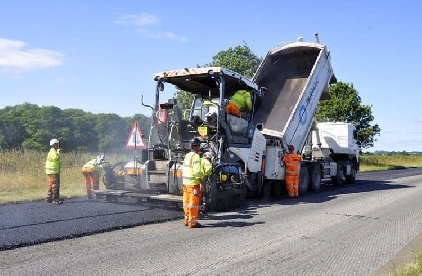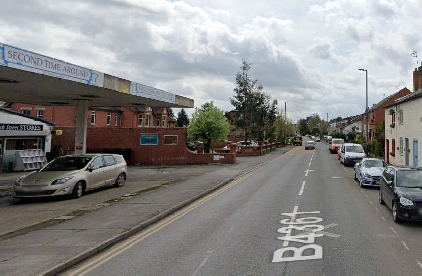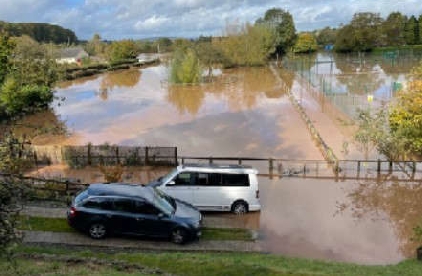
A consultation has begun on Shropshire Council’s budget proposals, following the one year settlement it received from the Government just before Christmas.
The council had expected to receive a three-year budget settlement from the Government but instead has been given only one year’s funding, which does nothing to solve the council’s longer-term budget issues, and leaves it facing a £60 million budget deficit by 2027.
Next financial year the council’s day-to-day revenue budget will balance, but only because the Government funding assumes that Shropshire will raise council tax by 3.99% (of which 2% is a precept for adult social care), and it must raise charges, reduce spending and divert almost £12m of funds to balance its budget.
From 2023 to 2027 the council faces an annual budget deficit of almost £60 million, and is looking at ways that it can make more savings from its budget.
The longer-term financial position is made worse because Shropshire is one of England’s largest and most sparsely populated areas, and the current Government funding formulae do nothing to address Shropshire’s rural nature, which makes running many council services cost much more.
It must, for example, maintain 5,200km of roads, one of the biggest networks in the country; while its population is ageing faster than the national average. Despite talk of ‘Fair Funding’ to replace the existing Government funding formula, this has been delayed year after year.
The one-year budget settlement also means the council cannot accurately conduct longer term financial planning while pushing an even greater cost burden onto local council tax payers. The Government-assumed increase would see an extra £1.11 a week added to the council’s average Band D council tax bill.
Despite this, the council will continue to invest through its capital investment plan on priorities to make Shropshire a place that is healthy, safe, great for business and living for all.
The council has secured funding for these one-off capital schemes from a range of different sources. Councils cannot by law use capital funding to pay for day-to-day costs of running services (revenue costs). It is the day-to-day revenue budget which has the longer term £60 million structural gap.
The £271 million capital investment programme to 2027 includes:-
- An extra £59 million to boost our drive to improve our roads, tackle potholes and problems caused by years of underfunding in the county’s roads. This is on top of an extra £48 million invested in our roads this year.
- £28 million to help fund the council’s proportion of Shrewsbury North West Relief Road’s costs, most of which is being met by funding from the Government and Marches Local Enterprise Partnership.
- An extra £16 million to support the council’s ‘Swimming in Shrewsbury’ programme, and put in a new swimming pool in Whitchurch.
- An extra £11.7 million to expand schools capacity.
- £11 million for Oswestry Innovation Park.
- £4.5 million to improve the centre of Bridgnorth, including a possible multi-storey car park.
- £3.2 million to fund the rollout of the council’s optional mixed recycling purple top bin in the early part of 2022.
Gwilym Butler, Shropshire Council’s Cabinet member for resources, said: “The settlement we have received from the Government is very disappointing, and does not alter the difficulties we face of a £60 million budget gap over the next five years. From 2023 our funding falls off a cliff.
“While we can balance our budget for next year, through careful financial planning and use of one-off resources that are now almost exhausted, the picture beyond that looks extremely bleak, and we must continue to plan for this.
“As part of the budget process, we want to hear views from the people of Shropshire around our overall approach to the council’s budget for the next year.
“In the meantime we will continue to lobby Government to address the very long and deep-rooted problems of our structural deficit and the extra costs of providing services in a county like Shropshire.”


 Possibility of fires linked to garden waste charges ‘on the radar’
Possibility of fires linked to garden waste charges ‘on the radar’
 Lib Dem leader canoes on river Severn
Lib Dem leader canoes on river Severn
 Highways contract extended for another year
Highways contract extended for another year
 £500K seized in crackdown on barbershops used for money laundering
£500K seized in crackdown on barbershops used for money laundering
 Pedestrian seriously injured in Leominster collision
Pedestrian seriously injured in Leominster collision
 West Mercia Police officer dismissed
West Mercia Police officer dismissed
 Ludlow Town Council objects to rugby club’s plans
Ludlow Town Council objects to rugby club’s plans
 Witnesses sought following assault in Craven Arms
Witnesses sought following assault in Craven Arms
